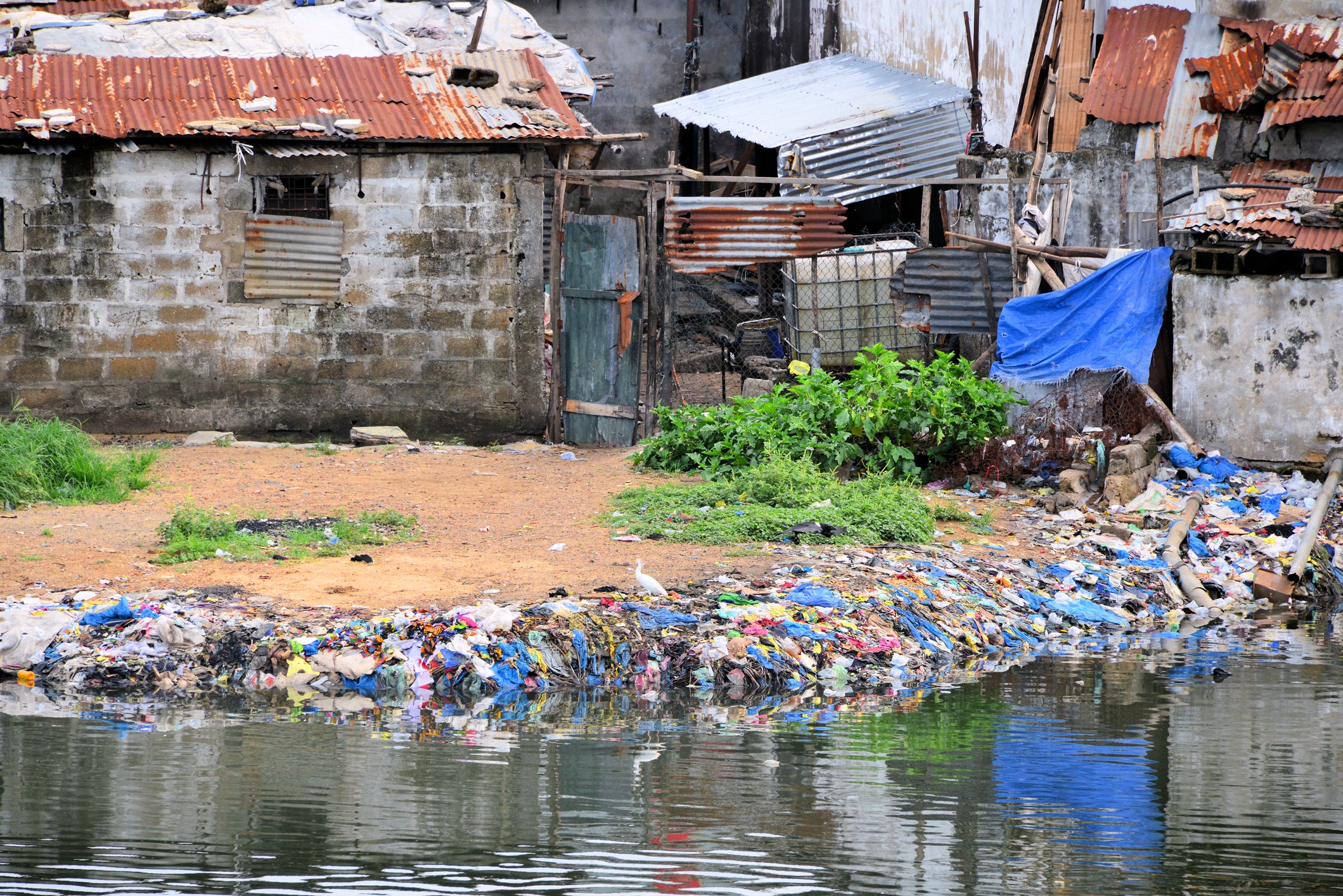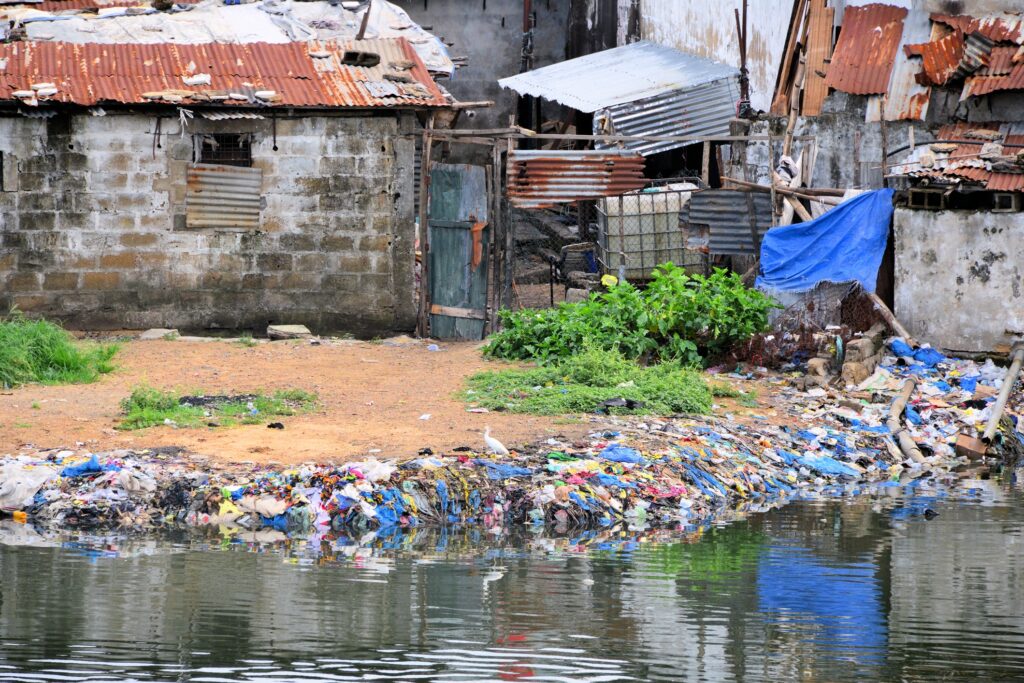The role of business in ensuring the right to a sustainable environment
GoodBlog | read time: 6 min
Published: 9 November 2021

On October 8, less than a month before the opening of COP26 (Conference of the Parties on Climate Change) in Glasgow, the United Nations Human Rights Council acknowledged the human right to a safe, clean, healthy and sustainable environment. The text, proposed by Costa Rica, Morocco, the Maldives, Slovenia and Switzerland, was adopted by 43 votes in favour and 4 abstentions (from Russia, China, India and Japan).
While this recognition has been requested for years by various actors, why is it important and what does it mean for companies?
The road to making a sustainable environment a human right
The protection and promotion of human rights on the one hand, and the environment on the other, have long been treated separately by states, companies and civil society. However, for several decades, voices have been calling for the right to a safe and sustainable environment to be recognised as a human right. “It took literally millions of people, and years and years of work to get this resolution,” said David Boyd, UN Special Rapporteur on Human Rights and the Environment.
At state level, countries such as the Maldives have been demanding the recognition of this human right for over a decade. The islands of the Maldives face rising sea levels and are threatened with disappearance by 2100. Bangladesh too has been struggling with rising sea-levels for over a decade. Within civil society, NGOs and other campaigning organisations have become involved, for example via the 1 Planet 1 Right initiative. In 2019, several children filed a complaint with the Committee on the Rights of the Child, a United Nations body. They accused their respective countries of origin of not doing enough to mitigate the impact of climate change on human rights, and more specifically on the rights of children of future generations.
Covid-19, which has heightened awareness of human rights, seems to have accelerated some progress. More than 60 countries have approved the declaration made in July 2020 by the United Nations Human Rights Council’s small group on human rights and the environment, calling on member states to recognise the right to a healthy environment.
In early October, the resolution on the right to a safe, clean, healthy and sustainable environment as a human right was adopted at the 48th session of the UN Human Rights Council. At the same time, the members passed a second resolution to create a mandate for a UN Special Rapporteur on the promotion and protection of human rights in the context of climate change, for three years. The request was made by more than 200 civil society organisations in an open letter ahead of the 47th session of the Human Rights Council.
Why are human rights and the environment intrinsically linked?
In a 2019 report, the World Health Organization concluded that 23% of deaths could be prevented within healthier environments. The impacts of human activity on ecosystems, including the depletion of biodiversity and the development of diseases, have long been recognised. In addition, climate change is increasing people’s exposure to extreme weather events such as heat waves and floods, but also to phenomena such as rising sea levels.
These events have a direct impact on the human rights of affected populations, in terms of life expectancy, access to health care and water, and food security. According to the International Organization for Migration (IOM), the consequences of climate change could result in the displacement of 250 million to one billion people by 2050. These climate refugees face social and economic difficulties and are even more vulnerable to the risks of exploitation and human trafficking.
For more and more populations, the preservation and promotion of their human rights is dependent on ensuring a sustainable environment that can protect habitats and the stakes are getting high. In 2020, at least 227 human rights defenders were killed, many of them members of indigenous communities: 70% of them fighting against deforestation, mainly in Latin America.
In recognition of this COP26, which was held in Glasgow early November, includes in its four main objectives the adaptation of ecosystems to protect communities and natural habitats.
We have also seen two resolutions adopted by the United Nations Human Rights Council which confirm the intrinsic links between environmental protection and climate change on the one hand, and human rights on the other. These resolutions reinforce the Framework Principles developed during the mandate of John H. Knox, David Boyd’s predecessor as UN Special Rapporteur on Human Rights and the Environment. The purpose of which was to demonstrate how environmental issues are already integrated with human rights issues.
What the link between environmental sustainability and human rights means for business?
The two resolutions will be submitted to the UN General Assembly for consideration and possible adoption. For the time being, they are non-binding recommendations with no legal effect. However, companies should take these resolutions into account when developing and adapting their human rights and environmental programmes.
In the UK, organizations such as Mondelez, Primark and Microsoft have recently called on the UK government to introduce a legal requirement for companies to conduct human rights and environmental assessments of their supply chains. This obligation already exists in some countries, notably in France since the adoption of the duty of vigilance law in 2017.
The recognition by the United Nations Human Rights Council of the right to a safe, clean, healthy and sustainable environment as a human right reaffirms the need to integrate environmental issues into the identification of risks and prevention of human rights abuses. There are two aspects to this, the environmental impact of the organisation’s activities, such as discharges into rivers or the degradation of a local habitat AND the impact of the organisation’s activities that contribute to climate change, notably their greenhouse gas emissions. Companies should integrate both theses dimensions into their organisational policies and processes.
In considering human rights abuses in relation to climate change, the first step is for the organisation to identify the risks and assess the potential impacts. The approach adopted should be holistic i.e., it should take into account its impacts on both the environment (loss of biodiversity, extreme weather events, etc.) and on people (impact on habitat or food agriculture, for example). It should also consider future generations, who will be on the front line of the consequences of climate change.
Furthermore, organisations should not base their assessment solely on the scale of their greenhouse gas emissions, but primarily on the severity of the impact of these emissions, both in terms of their scale and their irremediable nature in each environment.
Once risks have been identified and impacts assessed, organisations should establish a plan for risk mitigation and remediation in the short, medium and long term. When a company cannot implement acceptable mitigation actions, it should consider taking more drastic measures, such as refusing to invest in the project concerned or breaking off a business relationship.
Taking climate change into account in due diligence processes is essential. An increasing number of investment funds are asking companies to report on their commitment to human rights as well as environmental, social and governance (ESG) criteria. Organisations need to track their actions in order to continually adapt them as new impact assessments are made. They should also be transparent and communicate their policies and actions with the general public. Finally, the warning mechanisms put in place by companies should also integrate environmental and climate change impacts.
Towards mandatory human rights and environmental due diligence
The recognition of the human right to a safe, clean, healthy and sustainable environment is an important step in the development of legal obligations to respect, protect and promote human rights.
At the European level, the Council of Europe recently adopted a resolution to enshrine the right to a healthy environment in the European Convention on Human Rights. This would reinforce the European Court of Human Rights’ ability to rule on human rights violations due to environmental issues.
In parallel, the European Commission is currently working on an initiative for a “European duty of care”, aimed at strengthening the European Union’s regulatory framework to encourage companies to better identify and manage human rights risks within their operations and throughout their supply chain. It is clear that human rights, in conjunction with environmental issues, are becoming increasingly important in international debates, but also in terms of the clear expectations being placed on companies. COP26 has kept the target of 2C set in 2015, with countries urged to consider further the actions needed to deliver on that pledge. Whatever emerges, we anticipate that from a best practice perspective at the very least, companies will be expected to take account of their environmental impact on human rights both in terms of climate change and their day-to-day activities.
GoodCorporation are experienced advisers in the field of human rights. Click here to see how we help businesses manage their human rights impacts. For details of our human rights frameworks, click here.
work with us
